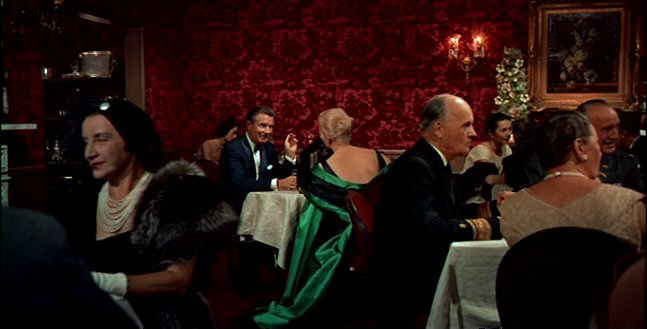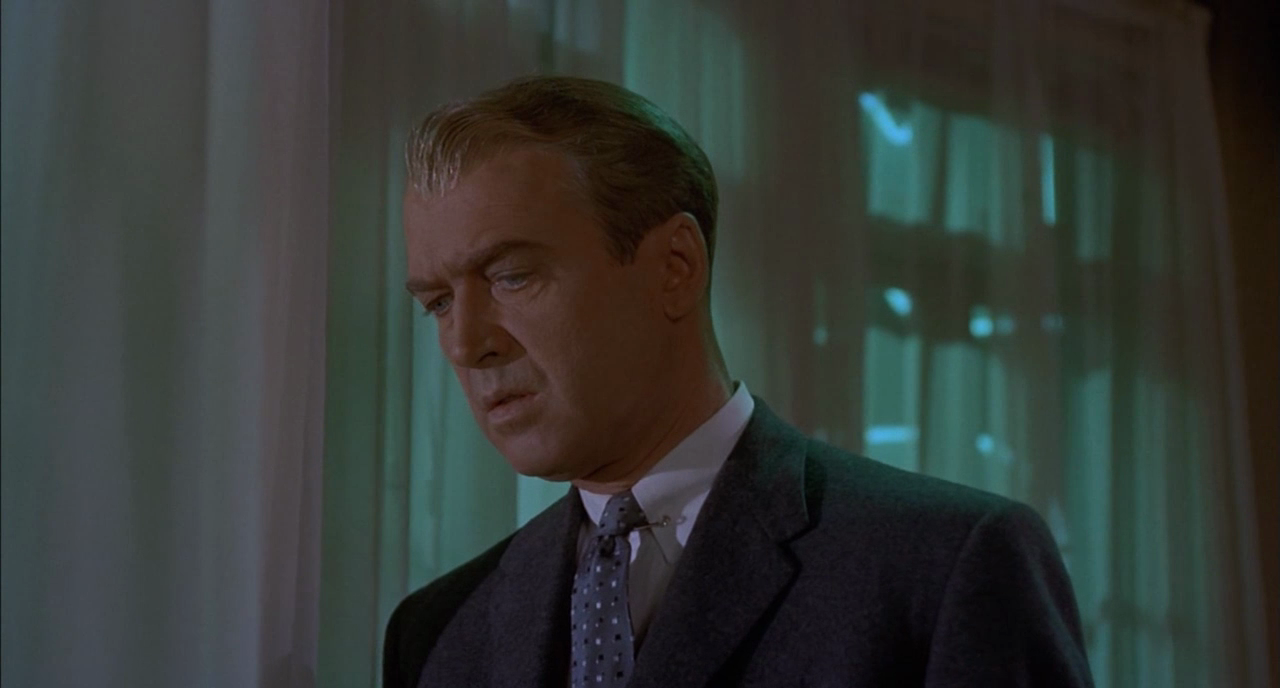by Matthew Raley One of the visual abstractions we noticed in Alfred Hitchcock's Vertigo was his evocation of famous paintings. We saw that his shot of Madeleine floating in the Bay alludes to the painting of Ophelia by Millais, and that references like this give an unconscious emotional atmosphere to the film.
Bernard Herrmann uses a similar abstraction in Vertigo's score. He refers to musical forms in a way that intensifies the cultural and psychological atmosphere. Two such references are important to the score's role as co-narrator with the camera.
First, Herrmann employs a habanera rhythm in relation to Carlotta. The habanera was a Cuban dance that made its way to Spain in the 19th century, and thence to Europe, becoming famous through Georges Bizet’s Carmen. As a cultural artifact, the dance is associated not just with Hispanic atmosphere but also with seduction.
https://www.youtube.com/watch?v=lspRhX5Vhhg&feature=fvsr
Second, Herrmann uses ecclesiastical forms in his cues at Mission Dolores. He draws the church modes into his harmonies, employing sighing motifs, and using a pipe organ.
Both references, which David Cooper calls “extraopus intertextuality,”[1] remain at some distance from their antecedents. They are not literal. No one dances a real habanera during a café floor show. Scottie doesn’t pass an organist on his way to the graveyard. By remaining abstract, these references allow one’s imagination to play at a less conscious level, and with profoundly ironic implications.
[1] David Cooper, Bernard Herrmann’s Vertigo: A Film Score Handbook, Film Score Guides (Westport CT: Greenwood Press, 2001), 65.




 The motif of red and green that permeates the film does not represent a literal thing in the story; the colors influence the emotional atmosphere while maintaining visual coherence. The drab greens and reds in the hallway leading to Judy’s hotel room can be seedy, while the red and green theme at Ernie’s can communicate opulence. The artificially limited palette retains a broad range of impacts.
The motif of red and green that permeates the film does not represent a literal thing in the story; the colors influence the emotional atmosphere while maintaining visual coherence. The drab greens and reds in the hallway leading to Judy’s hotel room can be seedy, while the red and green theme at Ernie’s can communicate opulence. The artificially limited palette retains a broad range of impacts. Another example of this level of abstraction would be the famous spiral motif in the opening titles. Spiral references occur in Scottie’s nightmare, in the mission tower staircase, and even in Madeleine’s hair. While the spiral does represent the physical condition of vertigo, in a sense, there is no suggestion that the condition actually looks like a spiral, either to the onlooker or to the sufferer. On the contrary, the literal imitation of vertigo is Hitchcock’s famous point-of-view shot in which the camera zooms in and tracks back at the same time.
Another example of this level of abstraction would be the famous spiral motif in the opening titles. Spiral references occur in Scottie’s nightmare, in the mission tower staircase, and even in Madeleine’s hair. While the spiral does represent the physical condition of vertigo, in a sense, there is no suggestion that the condition actually looks like a spiral, either to the onlooker or to the sufferer. On the contrary, the literal imitation of vertigo is Hitchcock’s famous point-of-view shot in which the camera zooms in and tracks back at the same time.